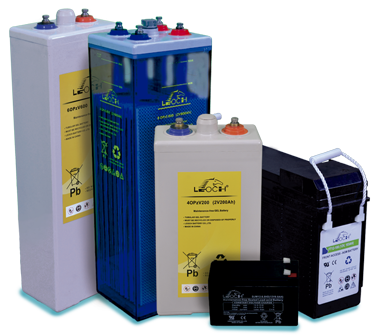 A battery is a collection of one or more cells that go under chemical reactions to create the flow of electrons within a circuit. There is lot of research and advancement going on in battery technology, and as a result, breakthrough technologies are being experienced and used around the world currently. Batteries came into play due to the need to store generated electrical energy. As much as a good amount of energy was being generated, it was important to store the energy so it can be used when generation is down or when there is a need to power standalone devices which cannot be kept tethered to the supply from the mains. Here it should be noted that only DC can be stored in the batteries, AC current can’t be stored.
A battery is a collection of one or more cells that go under chemical reactions to create the flow of electrons within a circuit. There is lot of research and advancement going on in battery technology, and as a result, breakthrough technologies are being experienced and used around the world currently. Batteries came into play due to the need to store generated electrical energy. As much as a good amount of energy was being generated, it was important to store the energy so it can be used when generation is down or when there is a need to power standalone devices which cannot be kept tethered to the supply from the mains. Here it should be noted that only DC can be stored in the batteries, AC current can’t be stored.
Battery cells are usually made up of three main components;
- The Anode (Negative Electrode)
- The Cathode (Positive Electrode)
- The electrolytes
The anode is a negative electrode that produces electrons to the external circuit to which the battery is connected. When batteries are connected, an electron build-up is initiated at the anode which causes a potential difference between the two electrodes. The electrons naturally then try to redistribute themselves, this is prevented by the electrolyte, so when an electrical circuit is connected, it provides a clear path for the electrons to move from the anode to the cathode thereby powering the circuit to which it is connected. By changing the arrangement and material used to build the Anode, Cathode and Electrolyte we can achieve many different types of battery chemistries enabling us to design different types of battery cells. In this article lets understand the different types of batteries and their uses, so let's get started.

